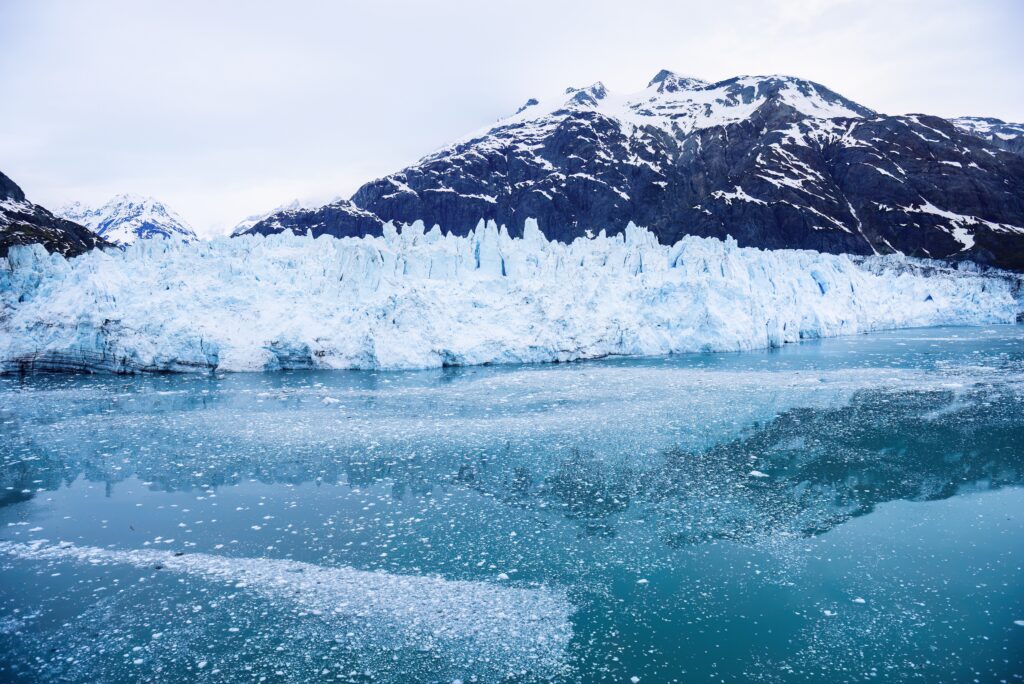The glaciers of the Cilo Mountains in southeastern Türkiye, which have existed for more than 20,000 years, are disappearing at a shocking rate. Scientists say that over the past 30 years, these once-massive ice caps have lost more than half their area. If the current rate of melting continues, experts warn that the glaciers could be gone within the next 20 years.
Glaciers Shrinking at an Alarming Rate
The Cilo Mountains, located at an altitude of 4,135 meters, have long been home to Türkiye’s largest ice formations. But in just three decades, they have lost 55% of their mass. According to Professor Faruk Alaeddinoğlu of Van Yüzüncü Yıl University, the situation is getting worse due to rising temperatures. Extreme heat and cold at high altitudes are causing rapid melting.
“The glaciers were once 200 meters thick in some areas, but now in many places, they are less than 50 meters deep,” he explained. “What remains is no longer solid, and cracks have appeared throughout the ice.”
Scientists studying the glaciers have found that melting has caused severe structural damage. Deep cracks, tunnels, and channels have formed within the ice, weakening its stability. If this continues, large sections could break apart, further accelerating their disappearance.
Could Be Gone in Two Decades
Unless serious preservation efforts are taken, researchers believe the Cilo glaciers will vanish within 20 years. This would be a huge loss for both Türkiye and the world, as these ice formations are considered geological treasures.
In 2020, the Cilo Mountains were designated as a national park, which increased their popularity among hikers and nature enthusiasts. However, scientists warn that tourism may be making the problem worse. Foot traffic, littering, and human activity are speeding up the glaciers’ decline.
Professor Alaeddinoğlu believes that the best way to protect what remains is to ban visitors from entering the glacier zones. “People should only be allowed to observe from a safe distance,” he said. He also suggests covering parts of the ice with protective materials to slow down melting.
A Global Problem with Severe Consequences
The crisis in the Cilo Mountains is part of a much larger problem. Glaciers worldwide are disappearing at an unprecedented pace. Since 1975, glaciers across the planet have lost 9,000 billion tonnes of ice. According to the World Glacier Monitoring Service, this is equal to a block of ice the size of Germany, measuring 25 meters thick.
The years 2022 to 2024 saw the worst three-year loss ever recorded. Seven of the ten worst years for glacier melt have occurred since 2016, according to the World Meteorological Organization (WMO). This rapid melting is already causing serious consequences, including floods, water shortages, and rising sea levels.
“This is more than just an environmental issue,” said WMO Secretary-General Celeste Saulo. “Preserving glaciers is a matter of survival.”
What Can Be Done?
Scientists worldwide are calling for urgent action to slow glacier loss. In the case of the Cilo Mountains, a complete ban on visitors could help reduce further damage. Some researchers also suggest artificial methods to protect the ice, such as reflective coverings that shield glaciers from direct sunlight.
But local measures alone will not be enough. Global warming is the main cause of glacier loss, and reducing carbon emissions is the only long-term solution. Governments and industries must take serious steps to cut pollution and slow climate change before it is too late.
The melting of the Cilo glaciers is a warning sign of a much bigger crisis. If the world does not act soon, more ancient ice formations will disappear forever.


